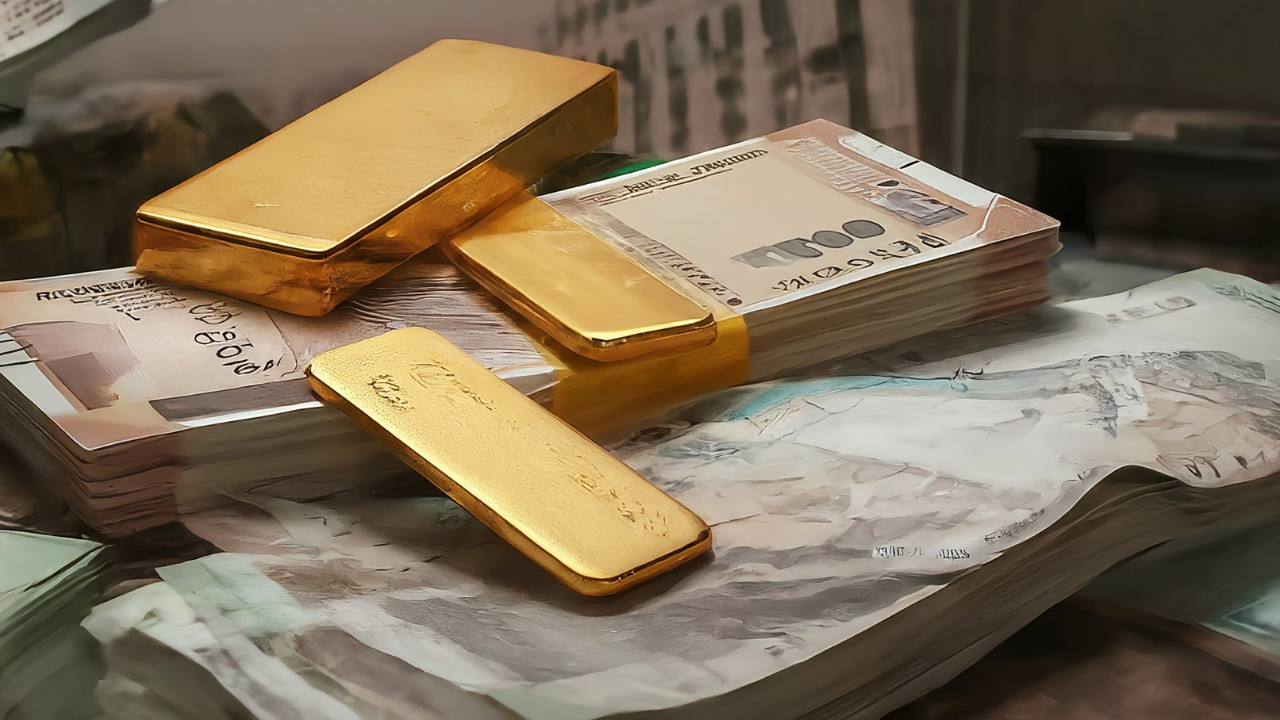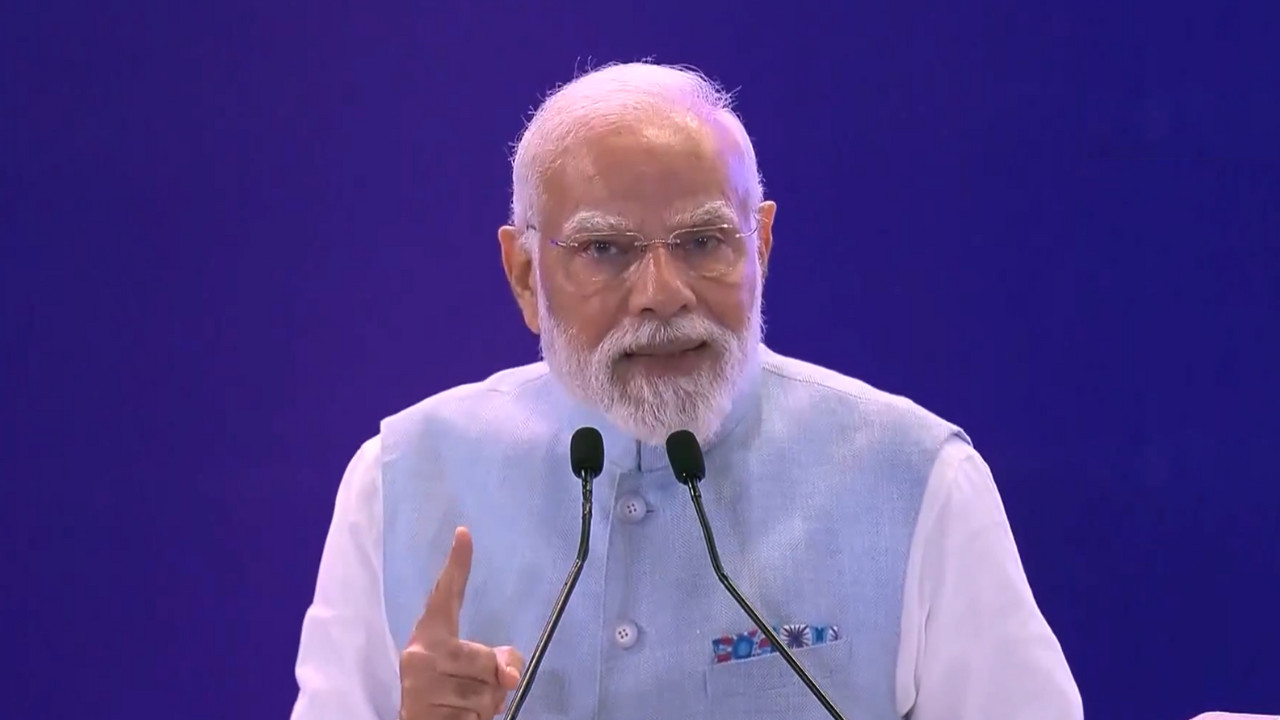India’s foreign exchange reserves experienced a significant decline of $6.93 billion, falling to $695.35 billion in the week ending October 24. This drop was primarily driven by a decrease in foreign currency assets and a notable reduction in gold reserves. The overall reserves had previously seen an increase in the preceding week.
India’s Forex Reserves: A Look Under the Hood
The latest headlines paint a picture of a dip in India’s foreign exchange (forex) reserves. For the week ending June 14, 2024, the Reserve Bank of India (RBI) reported a decrease of $6.9 billion, bringing the total reserves down to $695.35 billion. So, what’s really going on, and should we be concerned? Let’s delve a bit deeper than the surface numbers.
Understanding the Dip in Forex
Fluctuations in forex reserves are a normal part of a country’s economic management. These reserves act as a cushion, providing a buffer against external shocks and enabling the central bank to manage the exchange rate effectively. Several factors can influence these reserves, from currency valuations to gold price movements and the ebb and flow of foreign investments.
The recent decrease can be attributed primarily to declines in both foreign currency assets (FCA) and gold reserves, which are major components of India’s overall forex holdings. FCA, which are denominated in currencies like the US dollar, euro, and yen, experienced a decrease of $5.014 billion, settling at $611.064 billion. This shift often reflects the impact of exchange rate variations and the RBI’s intervention in the forex market to maintain stability in the rupee’s value. When the rupee weakens, the RBI may sell dollars from its reserves to bolster the local currency, which consequently lowers the FCA.

The value of India’s gold reserves also saw a decline, falling by $1.683 billion to $55.807 billion. Gold, traditionally seen as a safe-haven asset, can fluctuate based on global market sentiment, inflation expectations, and interest rate movements. A decline could indicate that the RBI might have sold some gold, or it could simply reflect a drop in gold prices globally.
The Broader Context of Forex Reserves
While a $6.9 billion drop might seem significant, it’s essential to view it within the larger context of India’s robust forex position. Even after this decline, India’s reserves remain substantial, providing ample import cover and demonstrating the country’s ability to meet its external obligations. These healthy reserves are crucial for maintaining investor confidence and fostering economic stability, especially in a world characterized by economic uncertainty.
It’s worth remembering that these reserves have grown significantly over the past few years, showcasing the strength of the Indian economy and its ability to attract foreign investment. India’s strong economic fundamentals, including sustained GDP growth and ongoing reforms, contribute to this positive trajectory. The country’s attractiveness as an investment destination also plays a key role in bolstering its forex position.
What it Means for the Indian Economy
The RBI actively manages the forex reserves to navigate global economic currents. Judicious intervention helps to dampen volatility in the currency markets, promoting a stable environment for businesses and investors. It also enables the country to meet its external debt obligations without undue strain, ensuring that India remains a reliable and creditworthy partner in the global economy. You may also want to learn more about India’s overall economic health through another related blog post about [India’s Fiscal Deficit Targets](internal-link-to-related-content).
A comfortable level of forex reserves provides policymakers with greater flexibility to implement growth-oriented policies. It reduces vulnerability to sudden capital outflows and provides a cushion against potential crises, bolstering India’s economic resilience in the face of global uncertainties.
Looking Ahead: Stability and Growth
While short-term fluctuations are inevitable, India’s overall forex position remains strong. The RBI’s proactive management and India’s strong economic fundamentals are expected to help maintain a healthy level of reserves going forward. This, in turn, will support economic stability and growth, reinforcing India’s position as a key player in the global economy. Ultimately, the long-term trend is what matters most, and India appears well-positioned to continue building its economic strength.







